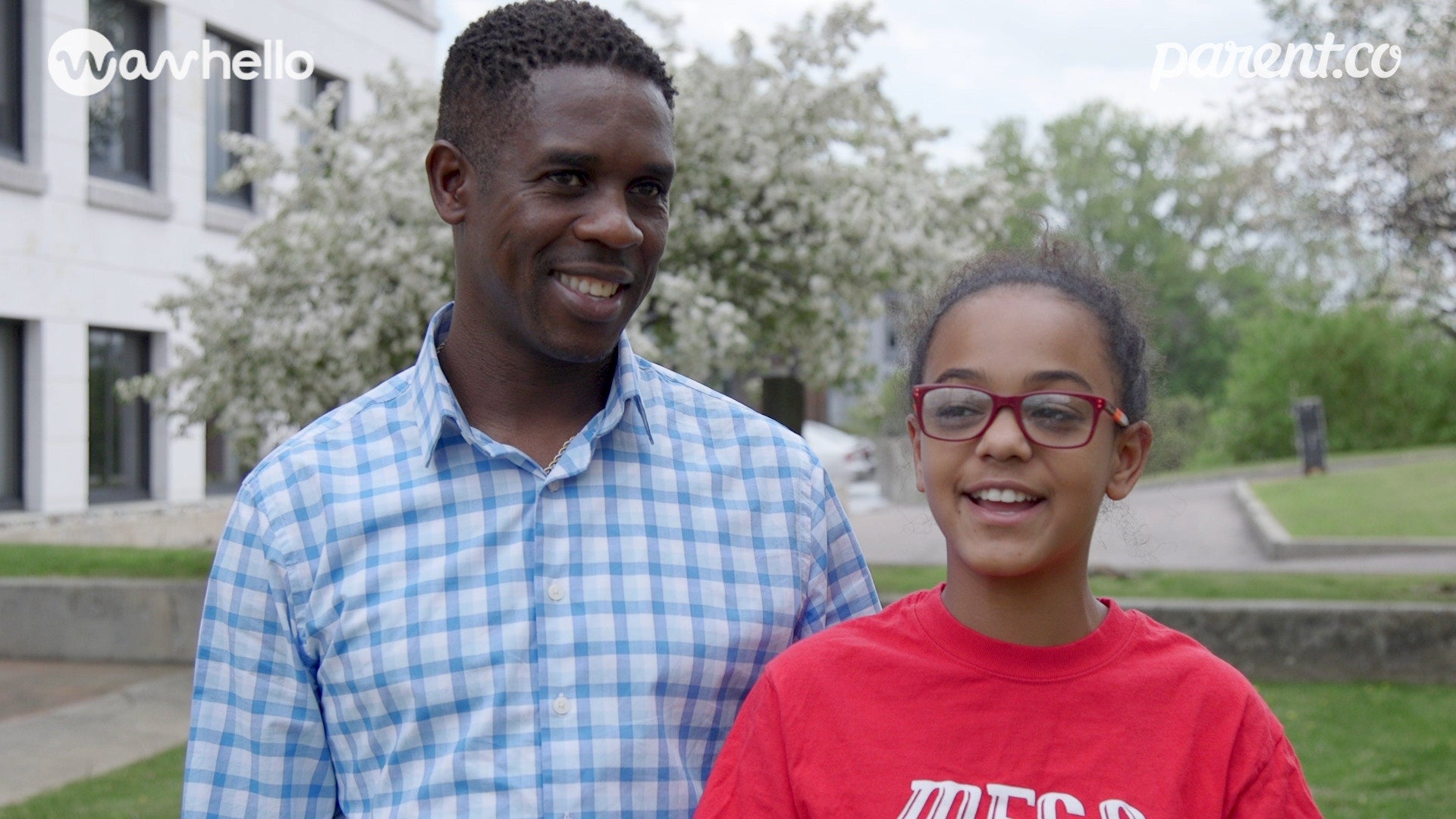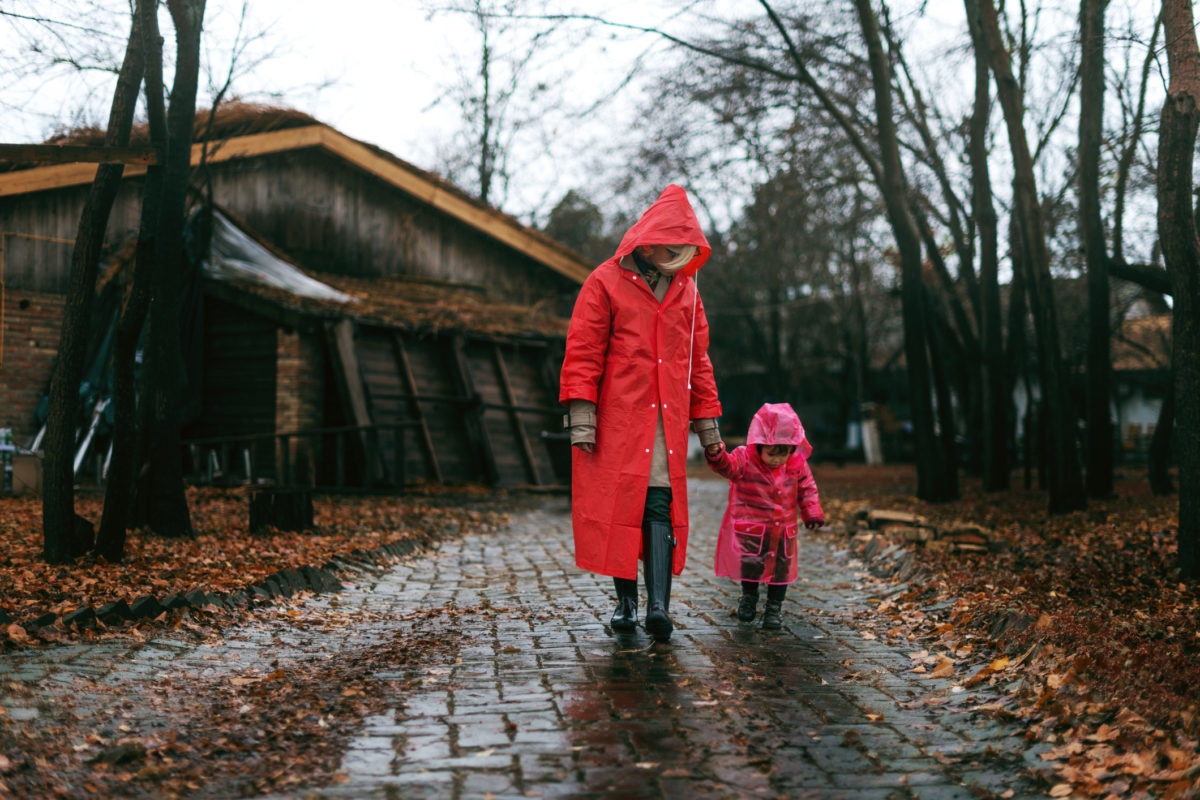Being a third grade teacher, I spend a lot of time on the playground. While some happily lose themselves in a world of imaginary play or climb the jungle gym together, competitive ball games such as soccer, basketball, and football are big draws for many kids. And it’s the children who play competitive ball games that I end up interacting with the most during recess. It’s a rare day when there isn’t a ball game related conflict, complete with tears and tempers. Neuro-research says that playing or watching competitive sports does something to our brains. Whether watching a ball game or playing it, our brain is in a hyper alert, reactive state. When a child is in the middle of a game, they are competitive and quick acting, and adrenaline is soaring. When conflict arises, young children – often boys in particular – can have trouble dealing with the problem in a calm, considered way. Not only do they not have the tools to do so, but physiology is also working against them.
Red faced and angry over what they perceive as unfair (rules, teams, or another player’s foul play), children come to me seeking solutions and mediation. When I see heated exchanges between the children, I imagine the cortisol racing rapidly through their little bodies. Their distress is palpable. The high levels of frustration and upset I see on the playground every day are in direct conflict with the very idea of a recess: a special time during the school day to run, play, and be free – to be a kid. But trying to explain that this is a precious time for them to have fun and that they should make the most of it would be doing the kids a disservice. What kids need instead are tools to help them resolve the issues they are having. You can send your child to school every day with this toolkit of strategies to help:
Remind them it’s okay to take some space
In the same way that you may encourage your red-faced, angry child to retreat to a quiet corner of the house to calm down, you can advise him to take a walk around the periphery of the playground for some time on his own and to take some deep breaths. Remind him that he is no good to anyone else if he is so worked up that he can’t talk in a calm tone. He needs time to lower his heart rate and let his spiked emotions settle before trying to solve the problem directly. Sometimes, in their walks around the playground (admittedly this is sometimes more of a stomp than a walk), children will arrive at their own kind of peace, and conflict resolution becomes unnecessary. They may incorporate themselves back into to the game. Once they’ve calmed down and the cloud of anger has lifted, it’s almost as though they suddenly have the necessary space and perspective to solve the problem independently.
Teach conflict resolution at home
On the playground, I seek to empower kids with enough skills and strategies so that they can eventually solve their disagreements without an adult present. Encourage your child to solve conflicts with others at home. Teach her how. Tell her to maintain eye contact and listen attentively to the other party. Encourage her to come up with a plan for a speedy resolution to the issue. Give her phrases like “I feel,” “One way we could solve this is,” “Let’s try,” or “How about...?” Sometimes, a simple Rock, Paper, Scissors or Eeeny, Miney, Mo solution is all that’s needed. Use words like “compromise” and “solution” regularly, and encourage your child to use these words at the playground, too.
Model what you want to see
Recently, I – a non-sporty woman with poor hand-eye coordination and depth perception – decided to try my hand (well, foot) at soccer. This uncharacteristic move was borne from frustration at the sheer number of conflicts the children were bringing to me every day. I decided that one way to tackle the issue was to get a little more involved. So I had the kids teach me how to play and, in the process, I modeled respect for peers, empathy for those not as skilled as others, patience, and understanding. My presence helped diffuse the tension. The kids were up and running, the game already off to a smooth start. Another teacher at my school (naturally athletic and a real soccer lover) plays with the children every recess. He’s quick and agile, a real hands-on coach, guiding the kids away from conflict and to a place of positivity and encouragement for others. His presence is powerful for the kids. They enjoy playing with him because he serves as both a coach and a model of good sportsmanship. You can get in there, too – at weekend soccer practice, in your backyard, or while playing a board game. Whatever you play, be a good sport. Model what you want to see in your child.
Foster inclusivity and respect
Psychologists tell us what my third graders feel but can’t articulate: Conflict can make us feel that our position within a group is in jeopardy. Potential exclusion from a game or social group can be the most prescient, raw part of losing. It makes sense that the more a child feels threatened, the more stressed he will feel. And the stress is very real. When playing games at home, reassure your child that losing a point, a kick, a save, or a match doesn’t mean that he is less liked or respected by his peers. Nor does it mean that they can’t keep playing. If you tell kids enough, eventually they’ll believe it, and even share it with each other. Reassuring words can help even the most insecure and fragile of young egos.
Encourage resilience
At home, on the playground, and in life, there’s a very real fact of life that we all have to learn sooner or later: that, even when we do not have total control over what happens to us, we can control our reaction to what happens. Remind your child not to give up on a game she is passionate about just because it feels hard right now. Encourage her to keep playing, that she can rise above the challenges with just a little bit of hard work, calm, determination, and focus. This goes for any kind of competitive game – from Monopoly to soccer. The alternatives? To sit this one out, to find another game, to sulk and wallow in a sense of unjustness, anger, or self-pity. These are real options, but they aren’t great ones, and they don’t offer a long term solution. The solution that breeds resilience and success is one where you encourage your child to get back into the game as quickly as possible. This is the solution to conflict in life, too, so we may as well begin to learn it when we’re young.



